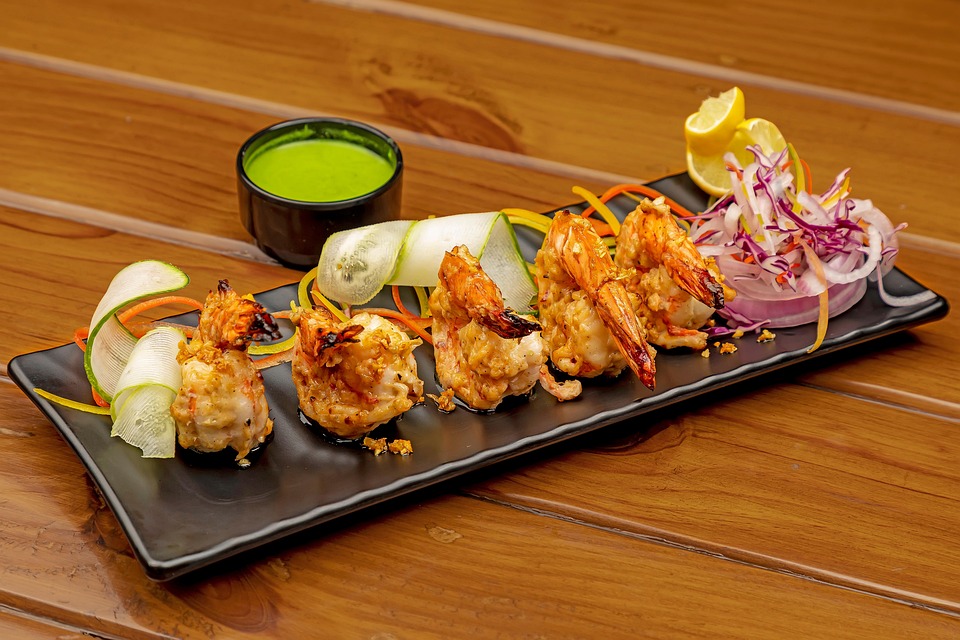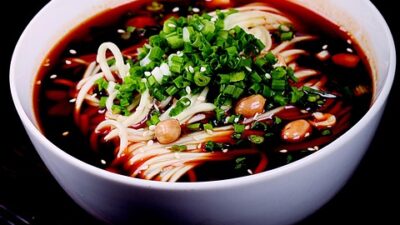In the bustling streets of American cities, a culinary revolution is well underway, led by a fleet of colorful food trucks. Once dismissed as a mere convenience for busy office workers, these mobile kitchens are now at the forefront of the American food scene, reshaping tastes, introducing eclectic flavors, and challenging traditional dining norms.
The Rise of the Food Truck
The food truck phenomenon gained momentum in the late 2000s, fueled by economic shifts and a renewed interest in culinary adventure. Chefs who once held titles in upscale restaurants found themselves drawn to the streets, eager to experiment without the constraints of fine dining. Brands like Kogi BBQ in Los Angeles pioneered the way, merging gourmet cuisine with street-level accessibility, inspiring many to follow suit.
Equipped with social media savvy and the ability to reach local communities directly, food trucks quickly established a loyal following. Their ability to serve as incubators for culinary creativity allowed a diverse array of global cuisines to permeate American palates. From gourmet tacos to fusion sushi burritos, the food truck movement has democratized gourmet dining, making it more accessible and varied.
A Culinary Melting Pot
Food trucks are emblematic of America’s rich tapestry of cultures. They serve as microcosms of culinary innovation, bringing international flavors to the forefront. Whether it’s Vietnamese pho, Ethiopian injera, or Mexican tortas, these mobile kitchens create an environment where traditional recipes meet contemporary twists.
The blending of culinary influences reflects the nation’s demographic mosaic. As America continues to diversify, so too does its cuisine. Food trucks have become a means for chefs from varied backgrounds to share their heritage, inviting customers to taste the world without leaving their city.
Changing Consumer Preferences
The impact of food trucks extends beyond just introducing new flavors; they are actively reshaping consumer preferences. With an increasing focus on sustainability and local sourcing, many food trucks prioritize eco-friendly practices. Diners are opting for ethically sourced ingredients, organic offerings, and seasonal menus, leading to a greater demand for transparency in food sourcing.
Moreover, the rise of dietary consciousness has led food trucks to cater to a broad range of dietary needs. Vegan, gluten-free, and keto options have become commonplace, reflecting an evolving American palate that values health alongside indulgence. This shift represents a deeper understanding of food ethics and wellness, driving innovations in the street food space.
The Experience of Street Food
One of the key attractions of food trucks lies in the experience they offer. Eating from a food truck often means dining al fresco, where customers can enjoy their meals in urban parks or at local festivals. The casual nature and communal atmosphere foster a sense of connection, allowing patrons to interact with chefs, hear stories behind the dishes, and create memories around shared meals.
Food festivals, pop-up events, and food truck parks have become popular destinations, drawing crowds eager to sample diverse cuisines. The communal dining experience has turned food trucks into social hubs, where food lovers gather to explore culinary traditions and innovations.
Challenges and Triumphs
Despite their rising popularity, food trucks face unique challenges. Regulations vary widely from city to city, impacting where and how they can operate. The overhead costs of maintaining a mobile kitchen and navigating health codes can be daunting for many aspiring food truck owners.
However, these challenges often breed resilience and ingenuity. Many food truck operators find creative solutions, leading to collaborations, shared spaces, and collective marketing efforts that further bolster their visibility and success. The community of food truck owners often shares resources and tips, fostering a spirit of camaraderie that contrasts with the competitive restaurant scene.
The Future of Food Trucks
As the food truck revolution continues, its influence on American cuisine is undeniable. The blending of flavors, commitment to local sourcing, and focus on experiential dining are trends likely to persist. As urban areas become more densely populated and the demand for diverse dining options increases, food trucks are poised to remain a staple of the culinary landscape.
In a world that increasingly values mobility, creativity, and connection, food trucks encapsulate the spirit of culinary adventure. They invite eaters not just to enjoy a meal, but to embark on a journey through flavors and cultures, truly changing the American palate—one taco, dumpling, or gourmet grilled cheese at a time.
Ultimately, the food truck is more than just a vehicle for culinary delights; it is a symbol of how food can bring people together, transform neighborhoods, and speak to the evolving story of American identity and taste.



